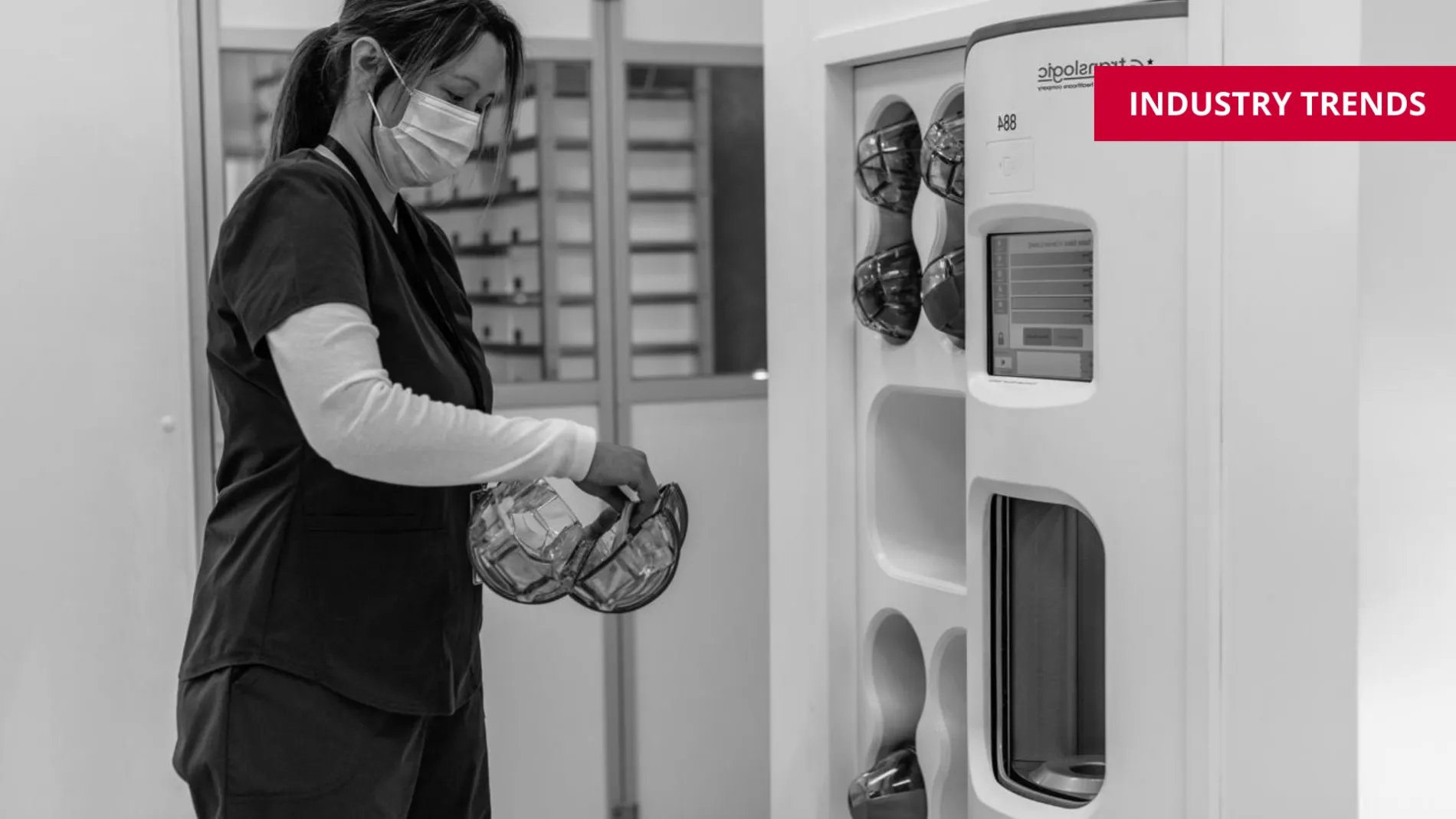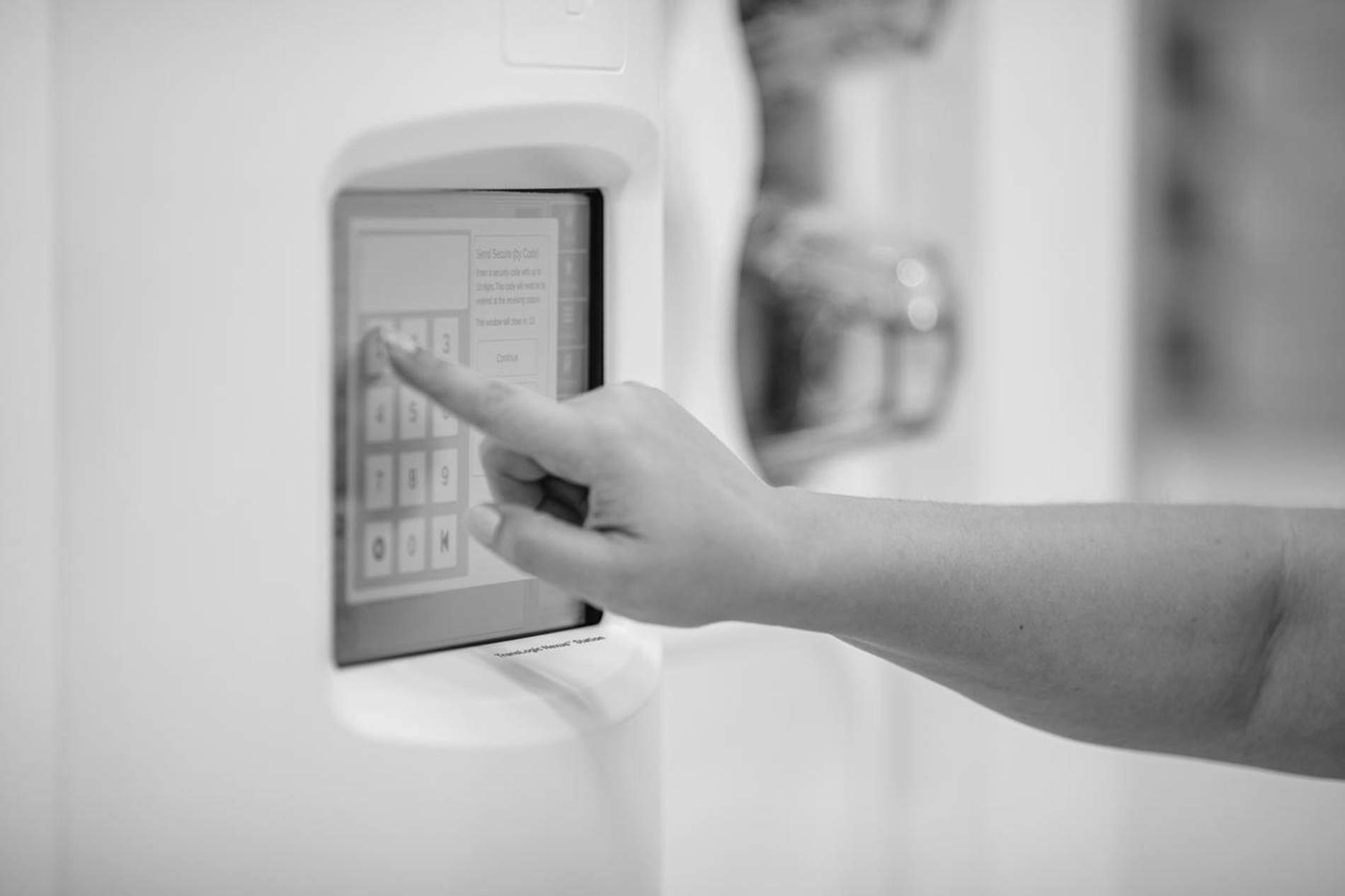You might also be interested in this


Healthcare Automation Is Coming And It's Coming Fast
1/11/2024
Vaibhav Barot
We’re fast approaching a new era in healthcare, an era where automation technology is not just an add-on but an integral component of every aspect of patient care. In fact, these automation technologies will inevitably revolutionize how we understand, manage, design, and deliver healthcare services.
Already, today’s automation technology is used by large hospitals to help:
As medical practices evolve, healthcare providers are grappling with an overwhelming amount of data, be it patient records, treatment plans, or administrative information. Furthermore, hospitals must also plan for the unexpected – such as in the case of a natural disaster, pandemic, labor shortages, or any other instance where demand for care may rise sharply.
By automating repetitive tasks such as data entry, medication picking, courier delivery, inventory management, and more, healthcare providers can focus more on what truly matters: patient care, even in the event of a natural disaster, a pandemic, or an act-of-God event. This also helps employees find work-related satisfaction by freeing them up to focus on the core of their job.
In our on-demand Flexibility is Futureproof Webinar, our experts Rob Banis and Larry Bray weigh in on this very topic by taking what they've been hearing from their customers and having a candid yet informed conversation.
In the blog “The Hospital Tube System & Pharmacy Workflow”, we cover the pneumatic tube system’s role in connecting internal supply chains, and how efficiencies gained in the pharmacy can be lost if the tube system is not functioning or performing as it should be.
Some notable technologies driving automation within the realm of pneumatic tube systems include:

In the ever-complex, ever-evolving, landscape of healthcare investments in automation technology is inevitable. A recent study by McKinsey & Company confirms that adopting digital technologies can save the healthcare industry up to $300 billion – but the potential doesn’t stop there. New AI technology means efficiency could be increased across the board. When paired with other automations, like an automated pharmacy solution, the savings become even more promising for healthcare institutions.
The road to a fully automated healthcare system is not without its challenges, from ensuring data security to implementing effective change management processes. However, the long-term benefits—improved operational efficiencies, cost savings, and enhanced patient care—far outweigh the hurdles. As technology continues to advance, it’s not a question of if automation will be essential in healthcare, but when.

Contact our knowledgeable specialists to discover how our range of automation solutions can boost efficiency, reduce costs and enhance care at your healthcare facility.
Contact us